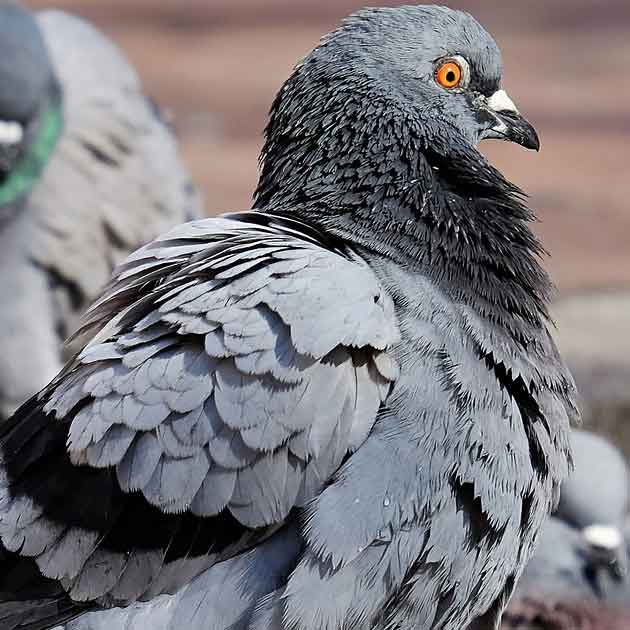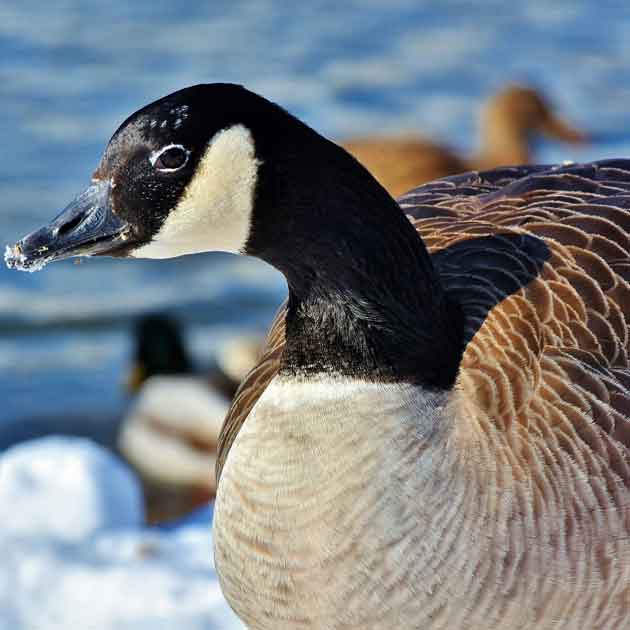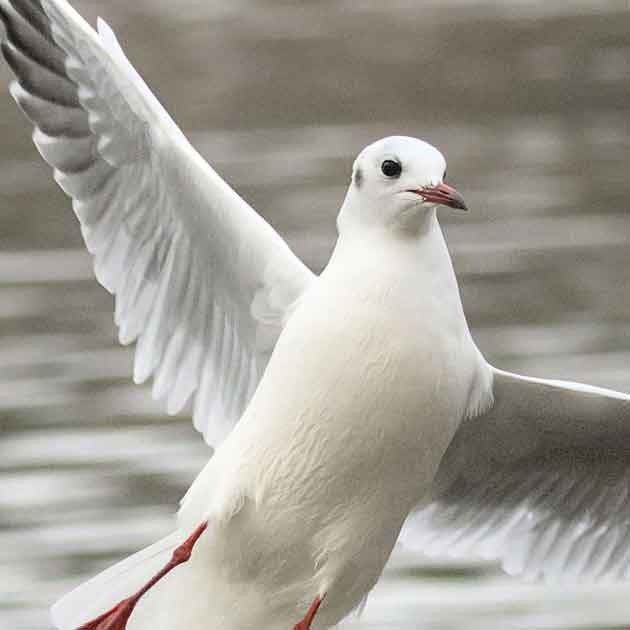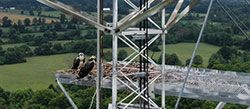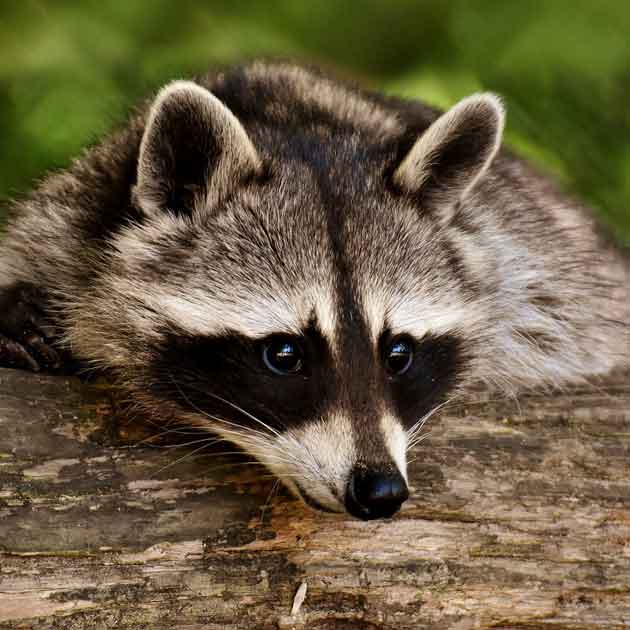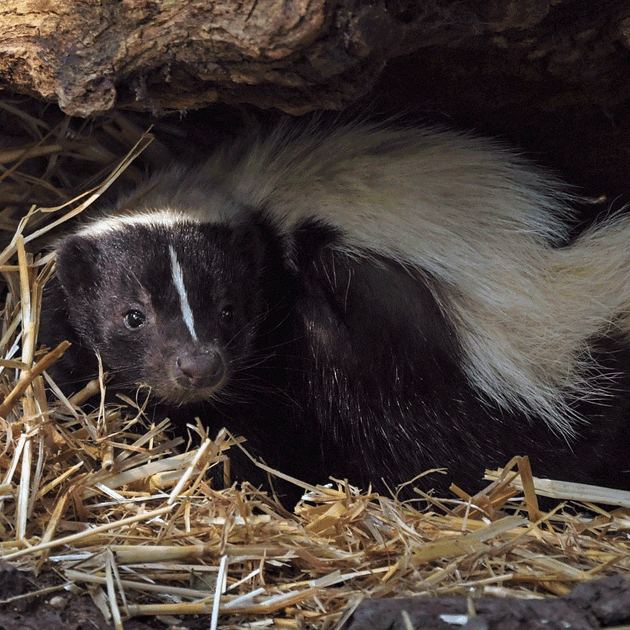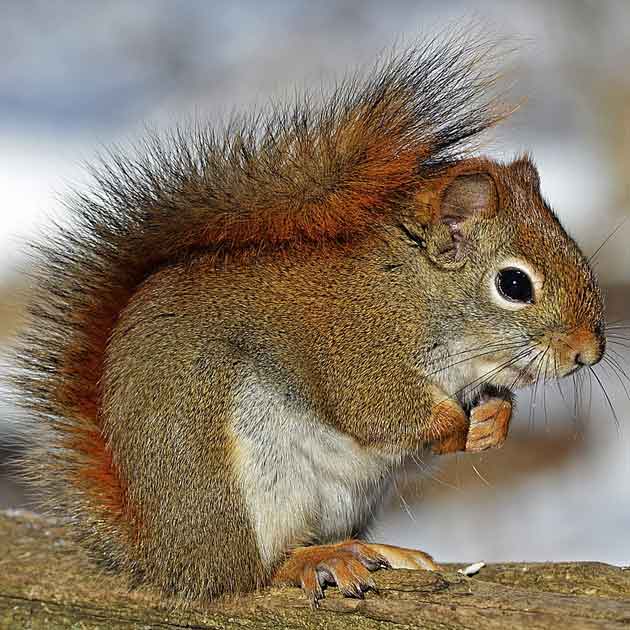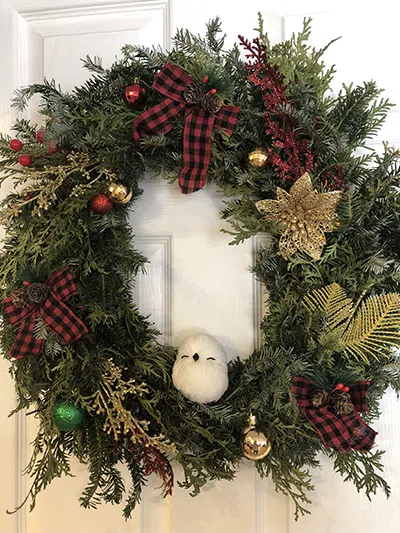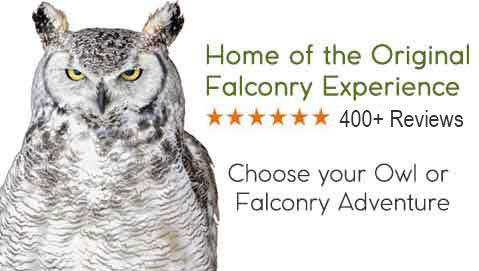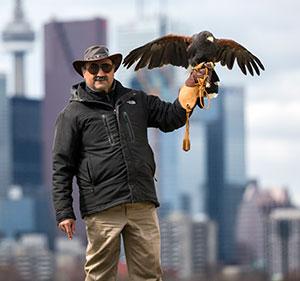Raccoons have adapted exceptionally well to city environments like Toronto and other communities in the GTA, where vertical living and dense housing provide endless climbing opportunities. Balconies, terraces, and rooftop patios become attractive nesting and feeding areas during both warm and cold months.

Raccoons invading outdoor living spaces is a problem for all sorts of property types:
- Residential Homes
Side or rear balconies near trees or fences are an easy target. - Apartments/Condos
Raccoons access mid-rise to high-rise balconies via drainpipes or cables. - Commercial Properties
Outdoor dining patios, restaurant terraces, and hotel balconies also see an increased number of raccoon visitors.
Why Raccoons Choose Balconies for Nesting
Elevated Security
The height of a balcony provides protection from natural predators like coyotes or dogs, as well and rivals. Raccoons feel secure enough to rest and, critically, to give birth.
Access Routes
- Nearby Trees/Vines
Raccoons are avid climbers and frequently use overhanging branches as bridges and ladders. This issue is most common for low-rise buildings. - Downspouts and Railings
Raccoons have learned to climb vertical elements like gutters, downspouts, or fire escapes to reach higher ground. - Adjoining Roofs
Being smart and agile little acrobats, raccoons can also jump from adjacent rooflines or lower balconies.
Where Raccoons Hide or Nest on Balconies
- Behind furniture, especially if covered, during the off-season.
- In storage bins or patio boxes that are insulated and dark — perfect for dens.
- Under barbeques or outdoor heaters: radiating warmth attracts them.
- In planters, hanging baskets, or between vertical garden frames.
- In covered balcony ceilings or drainage cavities.
- On shared ledges or connecting parapets between balconies of adjacent apartments.
Why Raccoons on Balconies Are a Serious Problem
Destruction of property on your balcony is one issue. But the often more pressing problem is that raccoons seek access to your home via the balcony. They can enter ceilings, wall cavities, attics, or rooftop spaces, turning a minor balcony problem into a full-blown building infestation.
Property Damage
- The discovery of raccoons on your balcony often begins with noticing scratched flooring, torn cushion covers, and claw marks on railings.
- Balcony insulation or caulking is damaged and seals are broken which can create moisture leaks.
Health Hazards
- Feces and urine left on balconies can transmit raccoon roundworm and leptospirosis.
- Droppings that are dried out and disturbed create the risk for airborne parasite contamination.
Noise and Aggression
- Nocturnal activity causes disturbances at night.
- Protective mothers with babies or cornered animals become defensive.
Fire and Electrical Hazards
- Lights, heaters, or wiring are often chewed through or used for nesting material and become fire hazards.
How Raccoons Use Balconies as Entry Points
- Vertical access routes include pipes, trellises, vines, and neighboring balconies.
- An open sliding door, a damaged screen, or small attic vent allows access to the entire building.
- In condos, raccoons move along ledges or gutter lines between units.
- In commercial buildings, they climb drainpipes and enter through HVAC conduits.
Seasonal Raccoon Challenges on Balconies
- Winter (Peak Issue)
Raccoons seek warmth and wind protection on sheltered balconies.
They may enter the building itself through balcony doors or vents to reach indoor warmth. - Spring
An active raccoon den with kits will produce scratching and whining noises.
Trapping and relocation must ensure that babies are not separated from their mother. - Summer
Raccoons are attracted by food scraps, pet dishes, and open garbage bins during outdoor gatherings. - Fall
Balconies often become storage zones — cluttered areas are ideal for nesting preparation.
What to Do if You Spot a Raccoon on Your Balcony
Step 1: Remain Calm and Observe
- Don’t attempt to scare it off. Sudden noises may provoke aggression.
- Note if it’s a mother raccoon with kits (babies may be hidden behind objects).
Step 2: Remove Immediate Attractions
- Bring pet food, bird seed, and garbage indoors.
- Clean up grease or food spills from barbeques.
Step 3: Secure Access Points
- Close balcony doors, vents, or any openings leading inside.
- Check nearby windows, attic vents, and soffits for damage.
Step 4: Avoid DIY Trapping and Relocation
Especially on higher floors, dealing with a raccoon can be more dangerous and lead to injuries to both, the animal and you.
- Safety Hazard: Working at heights requires professional safety gear and training.
- Stressful Environment: The raccoon is already confined and stressed, leading to aggression.
- Legal Compliance: In Ontario, a trapped raccoon must be released within a 1km radius of the capture site. The released animal will almost always return.
Step 5: Call Licensed Professionals
- Hawkeye is the only wildlife removal company in the GTA that can trap and euthanize raccoons.
- This is why Hawkeye’s service is called Permanent Removal — it guarantees that the raccoon will not return.
How to Keep Raccoons Off My Apartment Balcony
- Keep your balcony clean and free of clutter.
- Install durable mesh screens on vents or drainage openings.
- Use lockable garbage bins and avoid leaving food outdoors.
- Trim tree branches or vines that connect to balconies.
- Use motion-activated lights for temporary deterrence (though raccoons often adapt).
- For multi-unit buildings, coordinate with property management to inspect exterior walls, parapets, and rooftop access points.
When Balconies Become Gateways to Larger Raccoon Infestation
- Raccoons entering through balconies can quickly move into attics, wall cavities, and ceiling voids.
- For condos and hotels, raccoons may travel between shared ducts and rooftop systems, affecting multiple units.
- Early detection and permanent removal are critical to avoid structural contamination and expensive repairs.
Balcony Raccoon Control for Commercial Properties
- Restaurants: Raccoons are attracted to leftover food or open dumpsters near patio areas.
- Hotels: Finding a raccoon on a hotel balcony is the last experience you want for your guests or staff. Terraces and balconies of unused rooms become temporary dens, so they should be checked regularly.
- Offices: Rooftop terraces provide shelter under outdoor furniture or planters.
Especially in buildings with public access, discretion is needed when it comes to inspection and raccoon removal in Toronto and the GTA. Exclusion plans must be tailored to multi-story or rooftop setups.
FAQs: Raccoons on Balconies
Q: Can raccoons climb to high-rise balconies?
A: Indeed, raccoons use multiple ways to reach high-rise balconies, including pipes, trellises, vines, and neighbouring balconies.
Q: Do raccoons make nests on apartment balconies in winter?
A: The answer is yes; a raccoon nesting on a balcony is not an uncommon occurrence. The more bins or furniture there are to hide behind, in, or under, the more shelter your balcony offers. You might even find a raccoon nesting in your balcony storage box.
Q: Can raccoons enter my home from the balcony?
A: Yes, they can - and entering your home may be their prime objective. Check out these prevention tips »
Q: Are noise repellents or flashing lights effective?
A: No, they are not - or at least not long term. Raccoons are intelligent animals and learn to ignore anything that isn't an actual threat to their safety.
Q: How do I raccoon-proof my balcony railing?
A: Installing Electrical Shock Tracks is a fantastic way to secure your railing.
Q: What if the raccoon is using my flowerpots or storage locker as a den?
A: If you are able to remove these objects while the raccoon is not present, go ahead and do so. If not, you should call a wildlife professional to get rid of the raccoon on your balcony.
Q: If a raccoon has babies on my balcony, what are my legal and humane obligations?
A: Under no circumstance should you attempt to trap the mother and risk separating her from her offspring. Please call a professional raccoon removal service to remove all raccoons together.
Q: Can raccoon feces damage the concrete or wood deck of my balcony?
A: Raccoon feces can permanently stain a number of surfaces, including concrete and wood. Raccoon urine is also highly corrosive.
Q: Does my condo/apartment management need to pay for this removal?
A: This will depend on your lease or HOA agreement. Know that most homeowner's insurance policies do not cover damages or removal related to a raccoon on a townhome or condo balcony.
Q: How do I prevent raccoons from returning after removal?
A: The only way to prevent relocated raccoons from returning is permanent raccoon removal. Hawkeye Bird & Animal Control offers that service in Ontario.
Q: How much does it cost to remove raccoons (nest/babies/mother) from my balcony?
A: Most companies charge by the number of traps and technician visits needed. There is also a difference between residential and commercial services. At Hawkeye, any residential visit for 2 traps starts at $175. Read more here: https://www.hawkeye.ca/raccoons-everything-you-ever-wanted-to-know
Hawkeye Bird & Animal Control
Balcony raccoon problems often start small but can spread rapidly to other building/house areas. Hawkeye’s permanent removal ensures complete eradication and prevents future infestations for residential, commercial, and multi-unit buildings across the GTA. Hawkeye is the ONLY wildlife agent in the GTA offering a permanent solution to raccoons on balconies. Also ask us about preventive maintenance tips before winter.
Contact Hawkeye today for permanent raccoon removal. Our licensed raccoon removal services are available all across the GTA, including Toronto, Scarborough, Brampton, Vaughan, Markham, Ajax, Pickering, Newmarket, Etobicoke, Oshawa, and Mississauga.
Related Articles:
https://www.hawkeye.ca/blog/how-to-get-rid-of-raccoons


